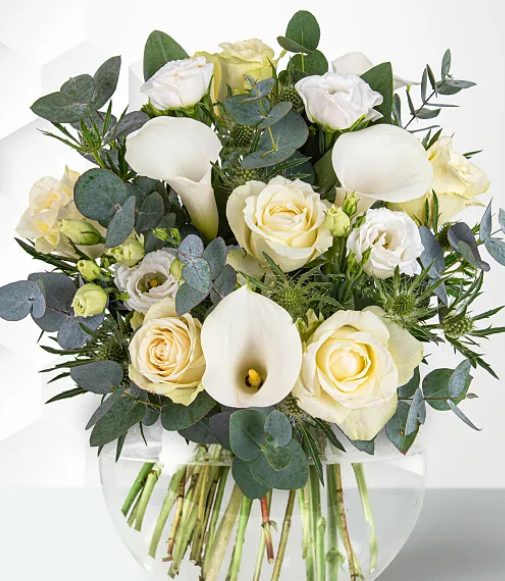
How to Dye Flowers for Vibrant Easter Displays
Easter is a time of renewal and celebration, marked by colourful decorations and festive gatherings. While dyed eggs often take centre stage, why not add a touch of creativity to your Easter decor by dyeing flowers? Dyeing flowers is a fun and easy way to transform ordinary blooms into vibrant works of art, adding a burst of colour and whimsy to your Easter celebrations. Whether you’re hosting a festive brunch or simply want to brighten up your home, here’s a step-by-step guide to dyeing flowers for stunning Easter displays that will dazzle your guests and delight your senses.
Selecting the Right Flowers
Not all flowers are suitable for dyeing, so it’s essential to choose blooms that have porous stems and absorbent petals. White flowers such as carnations, daisies, and chrysanthemums are ideal candidates for dyeing, as they readily absorb the dye and showcase vibrant colours. Avoid flowers with thick or waxy petals, such as roses or orchids, as they may not absorb the dye evenly.
Choosing the Dye
There are several options for dyeing flowers, including food colouring, floral dyes, and natural dyes made from fruits, vegetables, or flowers. Food colouring is readily available and comes in a wide range of colours, making it a convenient choice for dyeing flowers. Floral dyes specifically formulated for dyeing flowers are also available at craft stores and online retailers and offer more vibrant and long-lasting results. Alternatively, you can create your own natural dyes using ingredients such as beets, turmeric, or red cabbage for eco-friendly and chemical-free colouring.
Preparing the Dye Solution
If using food colouring or floral dye, prepare a dye solution by diluting the dye in warm water according to the manufacturer’s instructions. For natural dyes, simmer the chosen ingredients in water to extract the colour, then strain the liquid to remove any solids. Allow the dye solution to cool to room temperature before using it to dye the flowers.
Trimming the Stems
Before dyeing the flowers, trim the stems at an angle and remove any leaves that will be submerged in the dye solution. This will help the flowers absorb the dye more effectively and prolong their vase life. Make sure to use sharp scissors or pruning shears to make clean cuts and avoid crushing the stems.
Dyeing the Flowers
Once the flowers are prepared, place them in containers filled with the dye solution, making sure the stems are fully submerged. You can dye each flower a single colour or create multicoloured effects by dipping different sections of the stems into different dye solutions. Allow the flowers to soak in the dye for several hours or overnight, depending on the desired intensity of colour.
Conditioning the Flowers
After dyeing, remove the flowers from the dye solution and rinse them gently under cool running water to remove any excess dye. Pat the flowers dry with paper towels and place them in vases filled with fresh water mixed with floral preservative. Arrange the dyed flowers with other Easter decorations such as dyed eggs, greenery, or ribbon to create stunning centrepieces or floral arrangements.
Enjoying the Results
Once your dyed flowers are arranged and displayed, sit back and enjoy the vibrant colours and festive atmosphere they bring to your Easter celebrations. Whether adorning your dining table, mantelpiece, or entryway, dyed flowers add a cheerful and whimsical touch to your decor, creating lasting memories for you and your loved ones to cherish.
Dyeing flowers for Easter is a simple yet delightful way to infuse your celebrations with colour and creativity. With a few basic supplies and a touch of imagination, you can transform ordinary blooms into vibrant works of art that capture the spirit of the season. Whether you opt for traditional pastel hues or bold, vibrant shades, dyed flowers are sure to brighten your Easter festivities and create a memorable and Instagram-worthy display for all to enjoy.
